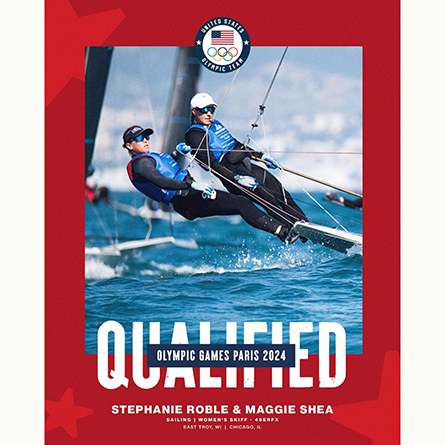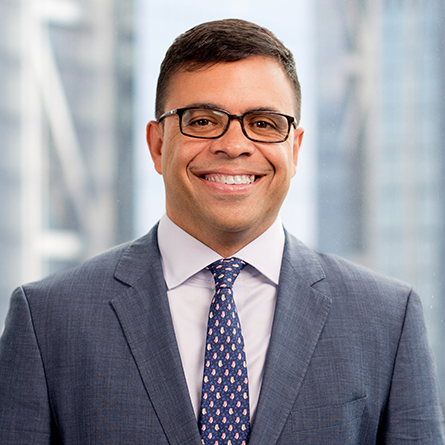
A wildlife biologist, Laura Francoeur '90 works to keep JFK's runways free of birds

up her sleeve including Idaho the falcon. Falcons
are used to scare off smaller birds.
As the chief wildlife biologist for the Port Authority of New York and New Jersey, Laura Francoeur ’90 patrols runways with a shotgun and spends much of her days keeping birds away from airplanes.
After birds flew into Capt. Chelsey B. Sullenberger III’s plane, forcing him to land the US Airways jetliner into the Hudson River last year, her work drew the attention of national media outlets, including the New York Times.
But feathered creatures aren’t the only animals she encounters.
“There’s always something new that comes up,” Francouer said. “One day, we had to catch a tarantula that was loose in an aircraft.”
Francoeur, who works the runways of Kennedy International Airport in New York City, said that her main focus is aircraft safety. There is a time to shoo a bird away, she told the Times, and a time to shoot it out of the sky.
“One of the greatest challenges in this line of work is that we’re looking at things from a biological perspective, but a lot of people have an emotional attachment to wildlife,” she said.
Francoeur often works to compromise with neighboring agencies with different priorities, including the nearby Jamaica Bay Wildlife Refuge. Still, the threat of bird strikes is particularly bad at Kennedy since the airport was built in wetlands – a popular location of gulls.
“We’ve come a long way over the last decade,” she said. “It was only in the 1970s that people realized that having landfills on the outskirts of airports wasn’t a good idea.”
Research has shown that birds are the most hazardous creatures to aircrafts, Francoeur said. She’s become an expert on keeping birds away from planes and has a number of tricks up her sleeve to displace them, including noisemakers and traps.
Francoeur was the second member of her family to attend Connecticut College after her mother, Jane Engel Francoeur ’63. She studied with professors like William Niering, who took her class to Rhode Island to look at the impact humans made on barrier beaches and the ecology of cranberry bogs, and Robert Askins, who helped her apply to graduate school at Clemson University.
Francoeur became interested in wildlife biology during the summer after her sophomore year when she took advantage of the Student Conservation Association’s paid internship program, working for the Bureau of Land Management in Arizona. She hiked every day in the Vermilion Cliffs and collected data on everything from water levels to wildlife activity.
“It was probably one of the most rewarding jobs I ever had,” said Francoeur, who ultimately majored in zoology. “It involved a very applied use of wildlife biology, and I really liked the problem-solving aspect of it.”
Francoeur also gained hands-on experience in her Connecticut College courses. During an ecology course with Askins, Francoeur tracked voles in salt marshes by covering them with a fluorescent powder and following them with a UV light at night.
“At the time it was a breakthrough in how you could follow small mammals in darkness,” said Askins, who remembers Francoeur as an enthusiastic student who showed a lot of perseverance both when she was at the College and applying to graduate school.
Francoeur said that ultimately, her liberal arts education helped her stand out after college.
“Not every science major gets to use their junior year to study abroad in France,” Francoeur said. “Once I was in graduate school, I felt more well-rounded than my classmates in wildlife biology.”
-Rachel Harrington
January 26, 2010
